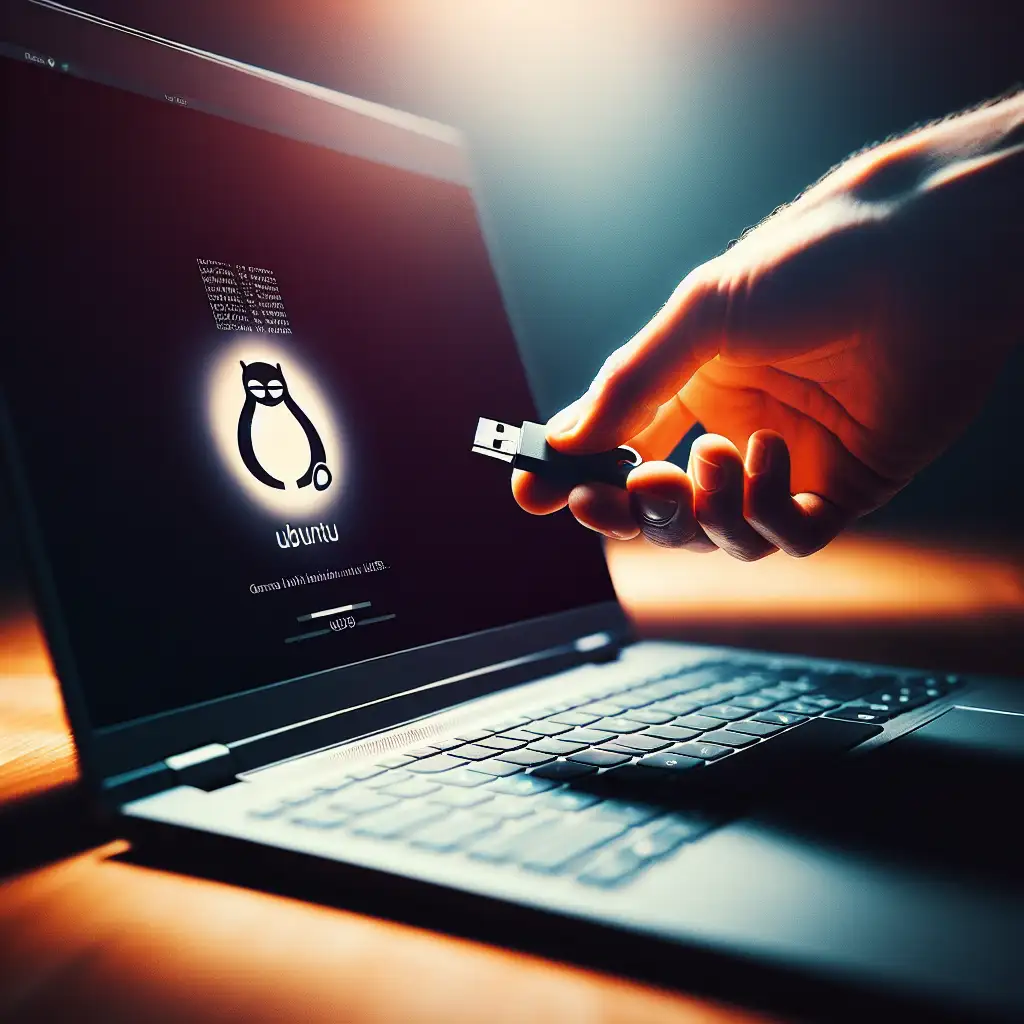Mastering the Boot from USB on Ubuntu: A Step-by-Step Guide for Reliable Troubleshooting and Installation
Forget complex BIOS setups or unreliable tools — learn the definitive, foolproof method to prepare your USB drive and tweak your system settings for a seamless Ubuntu boot every time. Discover how mastering this technique saves you hours in troubleshooting and elevates your troubleshooting toolkit.
When it comes to installing or repairing Ubuntu systems, booting directly from a USB drive is an absolute game-changer. Whether you’re an IT professional managing diverse hardware or an enthusiast experimenting with different Ubuntu versions, being able to create a reliable bootable USB and getting your system set up to boot from it is an essential skill.
In this post, I will take you through the exact steps — from preparing your USB stick with the right tools and settings, all the way to tweaking your BIOS/UEFI to ensure a smooth boot process — along with practical tips to troubleshoot common hiccups along the way.
Why Boot from USB on Ubuntu?
- Portability: Carry your Ubuntu installer/repair tools anywhere.
- Speed: USB drives are faster than CDs/DVDs.
- Flexibility: Easily switch between multiple Ubuntu versions or other Linux distros on the same drive.
- Reliability: Avoid network dependency especially in environments without stable internet.
What You’ll Need
- A 4GB (or larger) USB flash drive
- A working computer running Ubuntu (or any OS with compatible tools)
- An Ubuntu ISO image — download from Ubuntu official site
- Tool to create bootable USB — Etcher, Startup Disk Creator (Ubuntu native), or Rufus on Windows
Step 1: Download the Right Ubuntu ISO
Go to Ubuntu downloads and grab the latest Desktop ISO relevant to your system architecture (usually 64-bit). Keep this file handy.
Step 2: Prepare Your Bootable USB
Using Startup Disk Creator (Ubuntu native)
- Insert your USB drive.
- Open Startup Disk Creator via the applications menu.
- It will automatically detect your connected USB and ask you to select an ISO image.
- Select the downloaded Ubuntu ISO file.
- Click Make Startup Disk and confirm erasing contents when prompted.
- Wait for the process to finish.
Using Etcher (Cross-platform)
- Download and install Etcher.
- Launch Etcher, select your ISO image.
- Select correct target USB drive.
- Click Flash and wait for completion.
Important: Always double-check which device you select as target — flashing a wrong device can cause data loss.
Step 3: Adjust BIOS/UEFI Settings for Boot Priority
To successfully boot from your newly created USB, modify your computer’s firmware settings:
-
Enter BIOS/UEFI Setup:
Usually by pressingF2,Delete,Esc,F10, or similar keys immediately after powering on your machine (check manufacturer docs). -
Disable Secure Boot (if present):
On many modern PCs, Secure Boot prevents unsigned kernels from loading — disable this temporarily if Ubuntu fails to boot. -
Enable USB Boot:
Find "Boot Options" or "Boot Order" settings; confirm that ‘USB HDD’ or similar is enabled and placed before ‘Internal HDD’. -
Save changes and exit BIOS setup.
Pro tip: If you have UEFI firmware — look for "Boot Mode" options where you can switch between Legacy BIOS/CSM mode and UEFI mode; Ubuntu supports both but some hardware behaves better under Legacy mode when troubleshooting.
Step 4: Boot From Your USB
- Plug in the prepared bootable USB.
- Power on/restart your PC.
- If configured properly, it should automatically load into the Ubuntu live environment or installer screen.
- If not loading automatically, use your system’s one-time boot menu key (
F12,F8,Esc, varies by vendor) during startup to choose the USB device manually.
Troubleshooting Common Issues
| Issue | Possible Cause | Solution |
|---|---|---|
| USB is not detected | Incorrect BIOS settings / faulty port | Try different USB port; verify BIOS recognizes the device |
| System boots into internal disk | Boot order priorities incorrect | Revisit BIOS settings; move USB above HDD in boot order |
| Grub loader error/corrupt ISO | Faulty write during flashing / corrupted ISO | Re-download ISO; recreate bootable media with verified tool |
| “Secure Boot Violation” | Secure Boot enabled | Disable Secure Boot in UEFI setup |
Additional Tips For Power Users
-
Use
ddcommand on Linux terminal for highly manual but versatile disk writing:sudo dd if=~/Downloads/ubuntu.iso of=/dev/sdX bs=4M status=progress && syncReplace
/dev/sdXwith actual device identifier of your USB (e.g.,/dev/sdb). Be very careful here! -
If dealing with persistent live environments (to save data across boots), investigate persistence file creation methods using tools like mkusb.
Wrapping Up
Mastering how to boot Ubuntu from a USB stick empowers you to install, test, repair, or rescue systems on diverse hardware efficiently—cutting down hours of waiting around for DVDs/networks or wrestling with half-baked tools.
Practical hands-on familiarity with creating reliable boot media paired with confident navigation of BIOS setups unlocks seamless workflows and broadens what you can do with Ubuntu daily.
Have trouble or tips of your own? Drop them in the comments! There’s always something new in hacking together a smoother Linux experience.
Happy booting! 🚀
